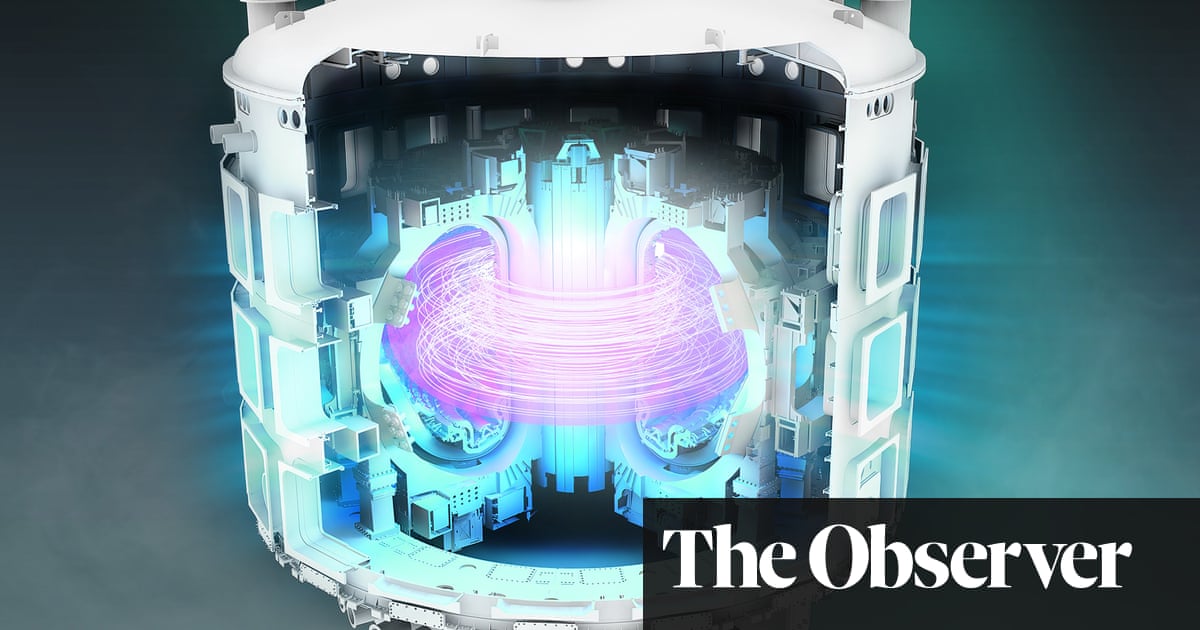The 35-nation Iter project has a groundbreaking aim to create clean and limitless energy but it is turning into the ‘most delayed and cost-inflated science project in history’
Who could have ever foreseen the problem of having enormous critical parts with sub millimeter tolerances manufactured in three different countries so that everyone could have warm fuzzy feelings about having “participated”?
Don’t get me wrong, I love ITER and everything it stands for, and I hope that it is completed and successful. Anyone could (and should) have seen this issue coming from miles away.
deleted by creator
I think the problem is that people are expecting nuclear fusion soon. This is just the first step for the demonstration of the easiest form of nuclear fusion, which is Deuterium-Tritium fusion. It will take a lot of work and a lot of money which is absolutely out of reach of any private company worldwide. However once the engineering is in, private companies will take over, much like they are sort of taking over the space industry now.
The real prize is Helium-3-Helium-3 fusion which theoretically produces no radioactive byproducts or contamination, as it has no free neutrons in the reaction. We are incredibly far from that kind of feat. Deuterium-Tritium fusion still produces neutrons, which means it also produces irradiated nuclear waste from reactor components and reaction byproducts. It is nevertheless easier to achieve because it requires a lower level of energy to start the fusion process. Helium-3 fusion requires much more energy to kick off.
This will take a long time to make, but it’s definitely worth pursuing and will absolutely change the lives of our great grandchildren. The media needs to stop publishing the “fusion is just around the corner” articles, because it most definitely is not. This is a project no private company can afford, not even a single country can afford. It most certainly will not be here to stop our current climate change problems, but fission is here now and we should use that. If the logic for racing towards fusion is so we stop nuclear waste, then it’s pointless because our current fusion tech level will produce nuclear waste, although somewhat less of it compared to fission.
It doesn’t mean we should stop pursuing fusion, but the fact of the matter is, sustainable fusion requires massive prohibitively expensive reactors. We know it works because that’s how stars work, but we don’t know how to make it in such a small size.
For the Helium-3 fusion, it also requires space facilities to extract it, since it’s incredibly rare on Earth, which requires space stations and all the logistical facilities to store it and bring it to earth as well.
This is a multi generational mega project unlike anything we’ve accomplished before. Demonstration of fusion may be sort of around the corner, but sustainable, nuclear waste free large scale fusion for grid supply is way, way down the line. We will need a permanent space presence before we get there.
So yeah the dream is not dead, the project is not in trouble, the only thing dead here is the media hype and a lot of the public’s expectations. I get they’re trying to generate hype so more fusion projects get funded but creating this sort of expectations will only hurt us long term. We are very much at the drawing board phase of the R&D phase still. There is an absolutely zero chance of government funded projects being overtaken by the private sector because at this stage you can’t generate revenue from fusion.
It really is a issue with science. Clickbait titles and discoveries generate funding. The problem is that no one follows up after to verify.
Fusion’s not dead, but Iter may be





